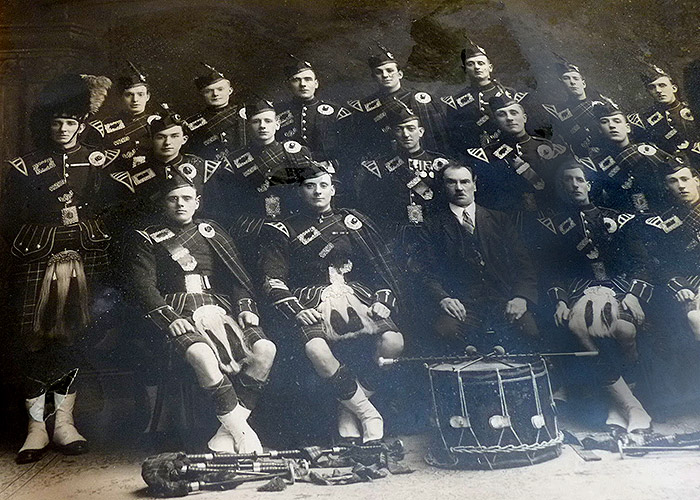
I was very interested in the recent item regarding the article by Donald McIntosh, an early advocate for the then SPBA, which appeared in the November 1935 issue of ‘Piping and Dancing Magazine’ and particularly the aspect relating to the ‘…..proposed extension of the SPBA into Northern Ireland and the Republic of Ireland’.
I thought I would pass on some research that I have done regarding the history of Northern Ireland pipe bands with regard to the then Scottish Pipe Band Association – which also touches naturally enough on Republic of Ireland bands.
In the north, bands first started to compete under the banner of the North of Ireland Bands Association in 1911. The NIBA, which exists to the present day, was initially formed by a group of flute bands in 1907 but then took in brass and military bands around 1909, pipe bands in 1911 and then accordion bands in the late 1920s.
Initially pipe bands competed at what was known as the ‘Open Air March Contest’. That was until January 1921 when they made their debut at the 9thChampionship of Ireland Contest which was held indoors and remained the only major local competition until 1946 when the All-Ireland Championships were established.
Open March Contest winners included Castleton Temperance, West Belfast, Shaftesbury, Duke of York, Willowfield, Kitchener Memorial, North Belfast, East Belfast, Carnmoney, Tullylagan, Carnmoney, Sir Henry Wilson Memorial and Dromara Highland.
Championship of Ireland winners included 15th Belfast BB, Duke of York, Lebanon Street, Kitchener Memorial, East Belfast, Cookstown, Tullylagan, Sydenham, Dromara, Ballycoan and 29th Old Boys.
In the Republic of Ireland the first organisation to represent pipe bands was known as Piobairi Na h-Eireann which was born out of the Gaelic League. Formed around 1913 it was one of the earliest, if not the first, organisation to administer pipe bands.
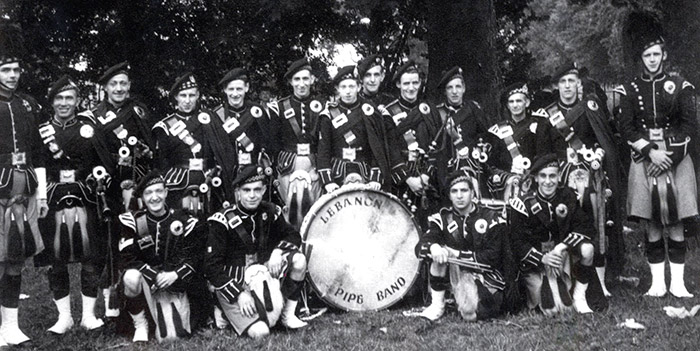
Its remit was to direct, organise and influence Irish piping along what it saw as ‘proper’ Gaelic lines, and in the fullness of time many of the bands from the organisation would go on to form the Irish Pipe Band Association.
Pipe band members had to be either actual speakers or students of the Irish language, and the organisation stressed that in competition the standard of playing must take precedence with marks in competition being split 50% for piping, 25% drumming and 25% general appearance.
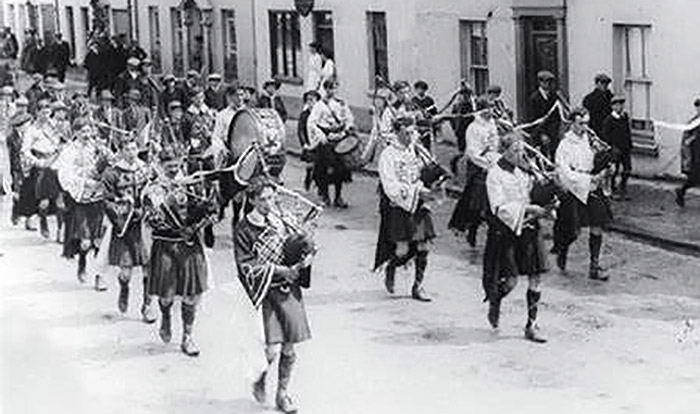
The Gaelic League had established the first Warpipe Band Championships of Ireland in 1910 at an Athletics Carnival in Dublin with the bands competing for a silver trophy presented by Mr Edward Martyn who was the President of the Dublin Pipers Club.
The winners over the first decade were Dublin Pipers Club (1910), O’Neill Pipers of Armagh (1911), Clann Uladh, Belfast (1912), Black Raven, Lusk (1913 & 1918), Dublin Pipers Club (1914), St Kevin’s, Bray (1915 & 1916), De Lacey War Pipers (1917) and the Cork Irish Volunteers (1919). Two of those early competing bands were St Laurence O’Toole and Fintan Lalor.
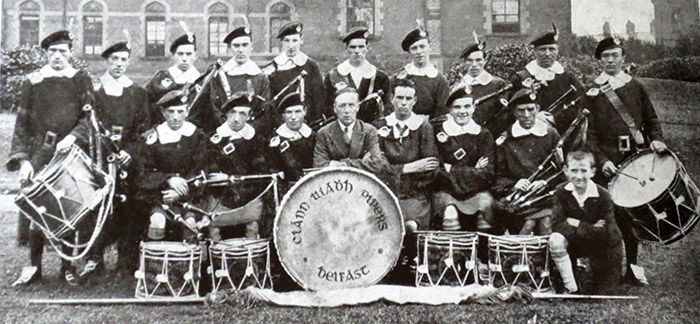
In addition to this main competition the ‘Piobairi Na h-Eireann’ bands had numerous other opportunities to compete week in week out through the summer at a variety of ‘feis’ (festival) events held in all parts of the island.
Pipe bands from within the ‘nationalist’ community in Northern Ireland in many cases did avail themselves of dual membership thus being able to compete at both the feis and NIBA events. Pipe bands from the unionist community in Northern Ireland would not have competed on a Sunday as it was just not part of their culture.
- To be continued.











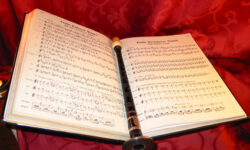
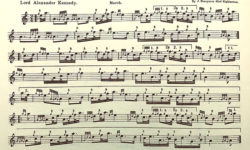








I am looking for some one who could give me some information on the formation of the Agivey Pipe Band, and the Garvagh Pipe Band. Family history has it that my Great Grandfather was one of the foundation members of both bands.